5 Things to Know Before Taking Your Car Through an Automatic Car Wash
Not all vehicles are compatible with automatic car wash systems.
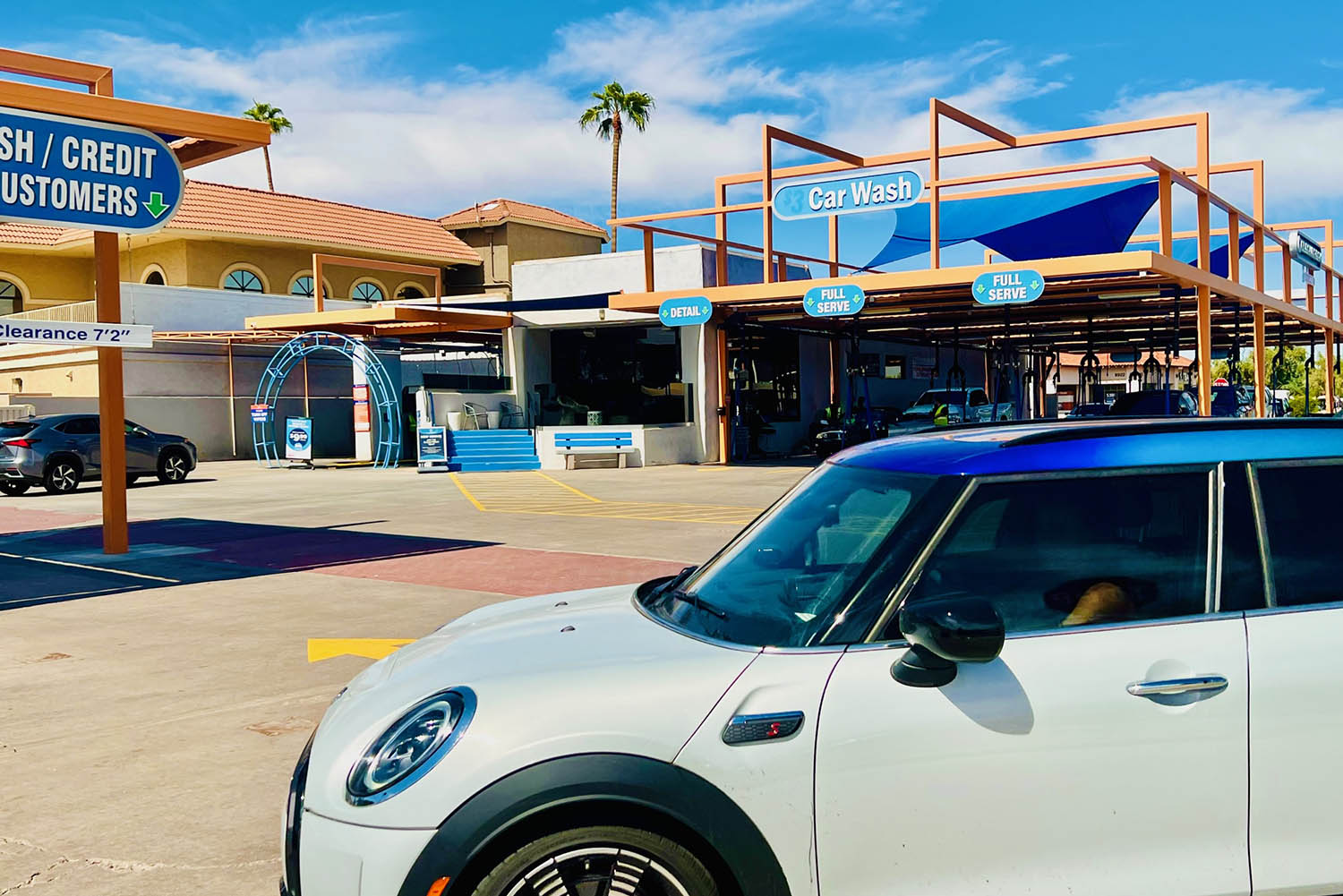 Kara Snow | Capital One
Kara Snow | Capital One
Automatic car washes can save you time, but they've been outpaced by automakers when it comes to technological development. Certain modern automotive tech can pose a challenge when you want to use one of those convenient roadside scrubbers.
Here are five things to consider before you take your car through an automatic car wash.
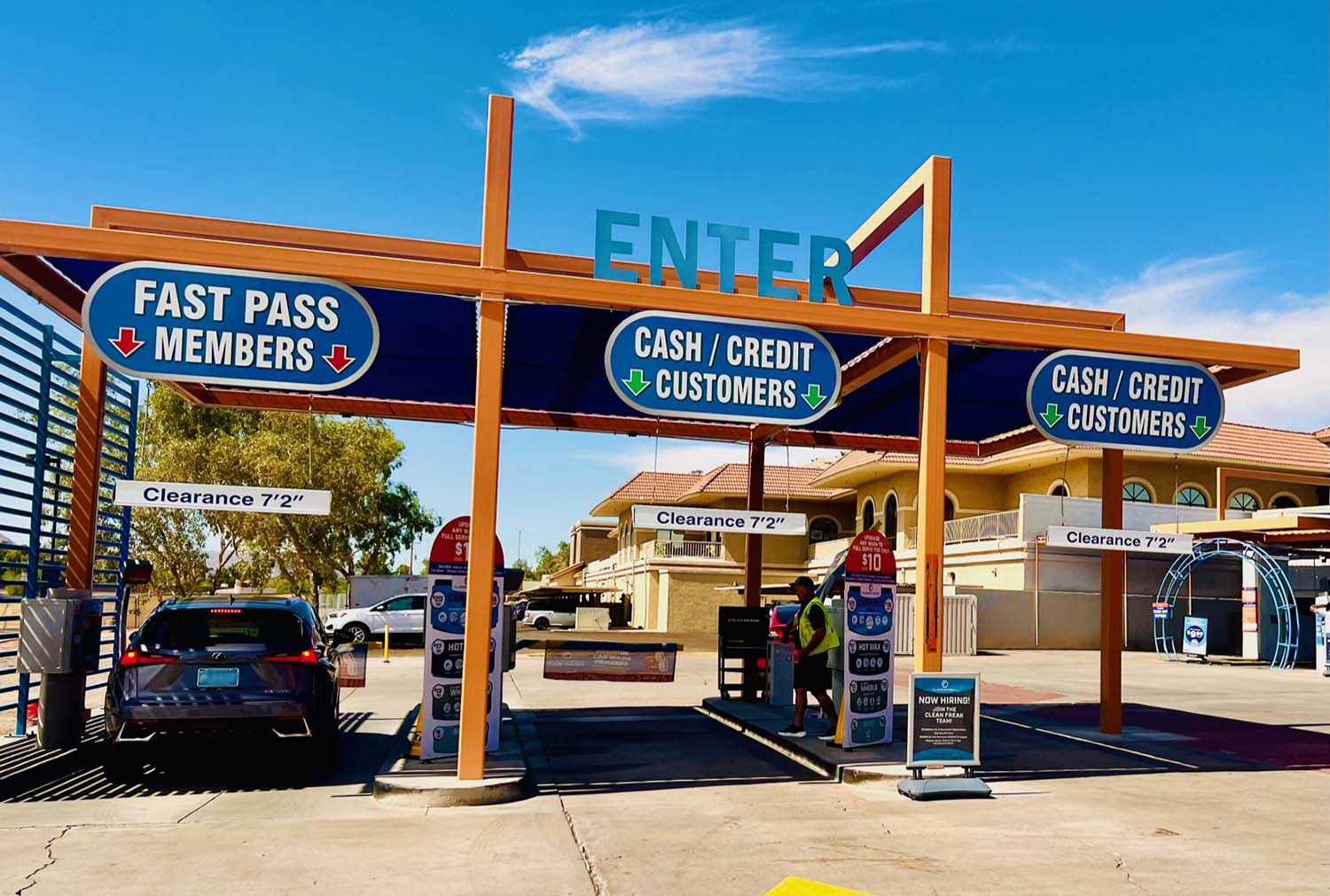 Kara Snow
Kara Snow
Know the Type of Automatic Car Wash Before You Drive In
There are several types of automated car washes. Some require you to steer into the center of the drive-through wash, put the car in park, and wait out the entire cleaning process before slowly driving toward the drying stage. These are the simplest and most straightforward designs.
Other automated car washes make use of a conveyor track system that pulls the vehicle through the wash, moving the car from one washing stage to the next. Although single-car washes can use this technology, it's more common at larger, multi-vehicle setups running several automobiles in tandem.
Most of these track systems are designed to have one of the vehicle's front wheels drive into a slot in the track that pulls the vehicle along. This type of car wash can get tricky for the driver, as many new cars and trucks feature wider wheels and tires that older car washes were not designed to handle.
As a result, your vehicle's wheels and tires may not fit properly into the track and could be damaged in the process. Make sure to check the car wash's track size before entering. This information should be posted near the entrance to the car wash, payment station, or on the car wash's website.
Some of these drive-through washes ask for your vehicle to be in neutral, whether your car has a manual or automatic transmission. You'll need to verify that your vehicle is compatible with a conveyor system requiring the transmission to be neutral before entering, as some automatic transmissions automatically shift to park when the engine stops.
 Aaron Miller | Capital One
Aaron Miller | Capital One
Adjust Your Vehicle's Driver-Assistance Features
There's another aspect of today's automobiles that automatic car wash designers didn't have to worry about back in the day: modern safety systems and automated features that react to the environment around them.
Rain-sensing wipers that respond to the presence of water are often found on newer vehicles, for example, and should be switched off so they don't activate during the wash process.
If your vehicle has parking sensors or blind-spot monitoring, these features should also be turned off, as a car wash's brushes and jets can often get close enough to the bumpers to set them off and trigger beeps and flashing lights.
More seriously, automatic emergency-braking systems that look ahead of an automobile must also be turned off. Otherwise they could stop your vehicle in its tracks due to the movement of the washing system.
Some automakers have recognized that these new technologies might be problematic at cleaning time. Tesla, for example, offers Car Wash Mode, which shuts down many of these safety and convenience features.
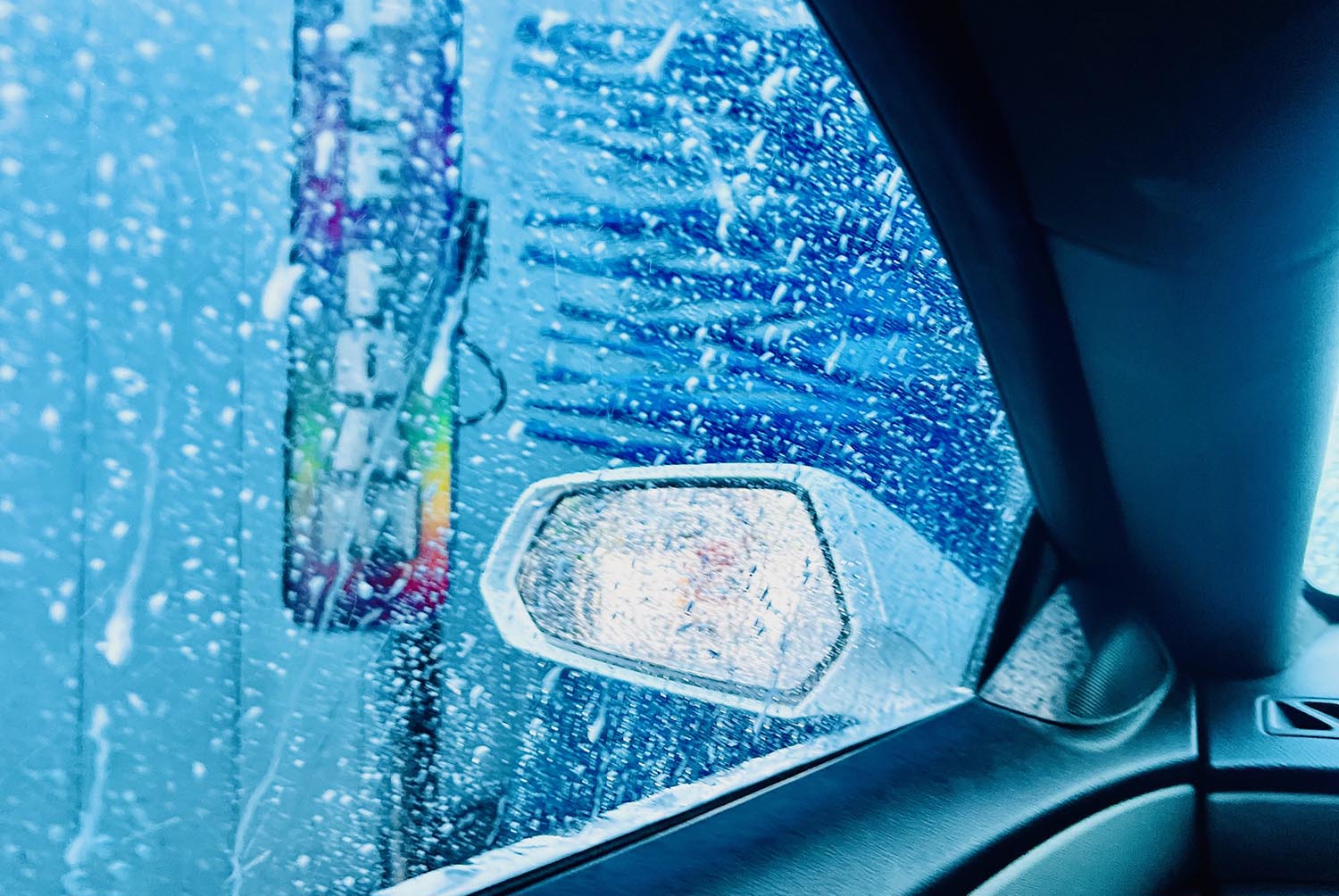 Kara Snow
Kara Snow
Make Sure Your Car Is Watertight
This tip might seem obvious, but it can be surprisingly easy to forget that your vehicle has a window or two cracked open before you roll into an automated car wash. To avoid an unplanned cleaning of the inside of your car, too, it's always a good idea to do a quick check on each window, as well as the sunroof, to make sure that they are all closed tight against the heavy jets of water and soap that are about to hit your automobile.
You may also want to fold in your side mirrors if you're driving a particularly wide vehicle, such as a full-size pickup or larger SUV. Mirrors that stick out far from the doors or fenders are at greater risk of contacting parts of the automated washing system, potentially causing damage.
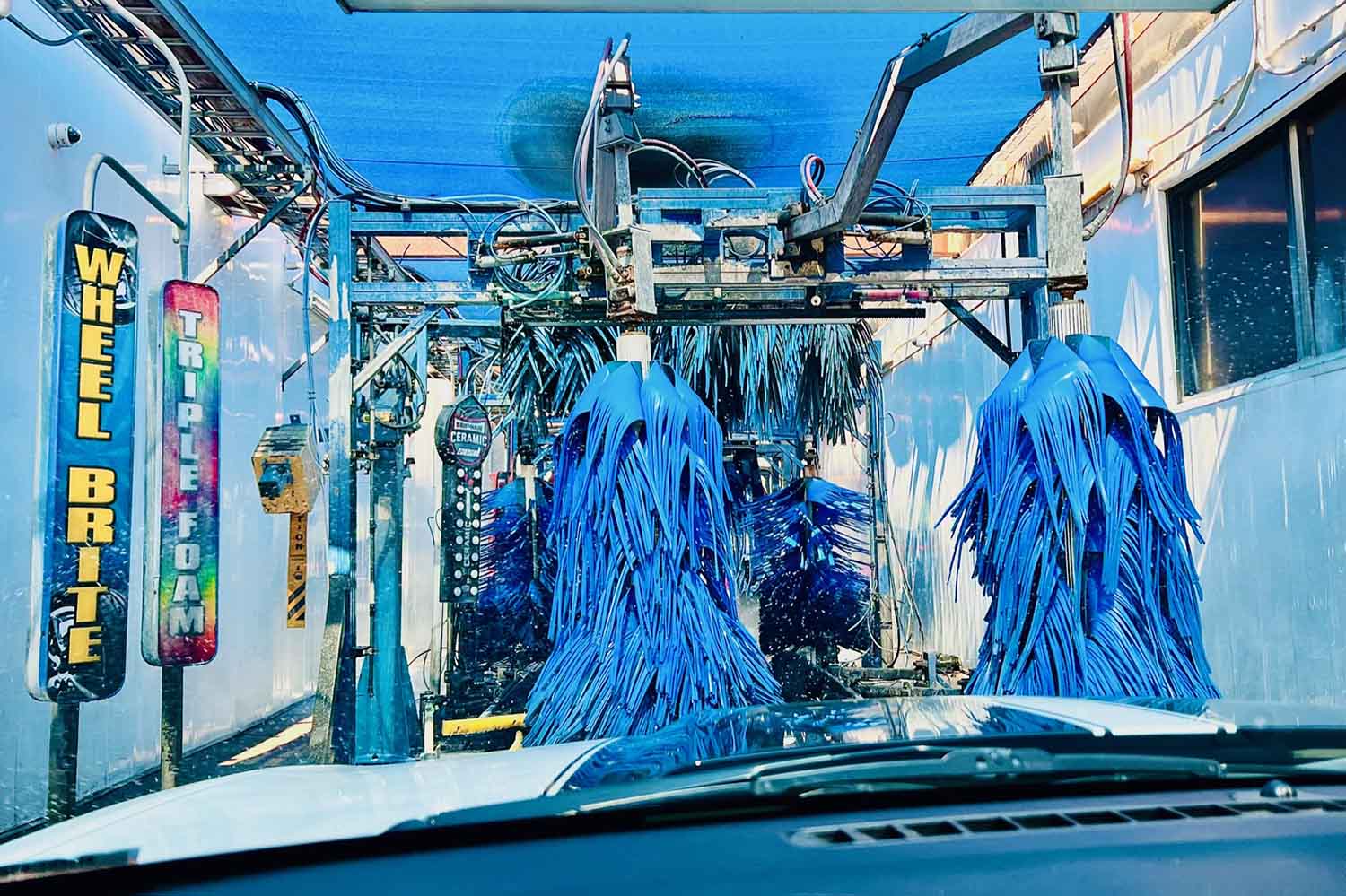 Kara Snow
Kara Snow
Find Out if the Car Wash Is Touchless or Uses Brushes
The automatic car wash world is generally divided into touchless cleaning and brush-dependent cleaning.
The systems that rely on an array of brushes tend to scrub the bottom, the sides, and the top of the vehicle with soft cloths that make gentle contact with your vehicle's paint, glass, and trim.
A touchless car wash, on the other hand, relies on a system of water jets and foam cannons that blast away at dirt and grime without ever using any kind of cloth or brush against the vehicle itself.
Typically, car washes that use brushes can achieve a more thorough job — but it's one that comes with the added risk of scratches and swirls on paint and plastic. The reason? Over time, those brushes can accumulate small amounts of dirt during the washing process (even though they are cleaned and the water used is filtered).
The brushes can then rub up against a vehicle at a high rate of speed. Even a brand-new car wash brush generates some friction when making contact with the paint.
Touchless car washes use water pressures that are 30 to 40 times greater than what comes out of your hose at home, which helps them better strip away the gunk. Still, compared with brushes, they may leave a little more mess behind, especially if a lot of time has passed since your last cleaning and a fair amount of dust and dirt have accumulated.
That being said, touchless washes have the virtue of a very low risk of cosmetic damage, and there's also little chance that you'll lose a mirror or piece of trim to an errant brush from a poorly maintained automatic car wash.
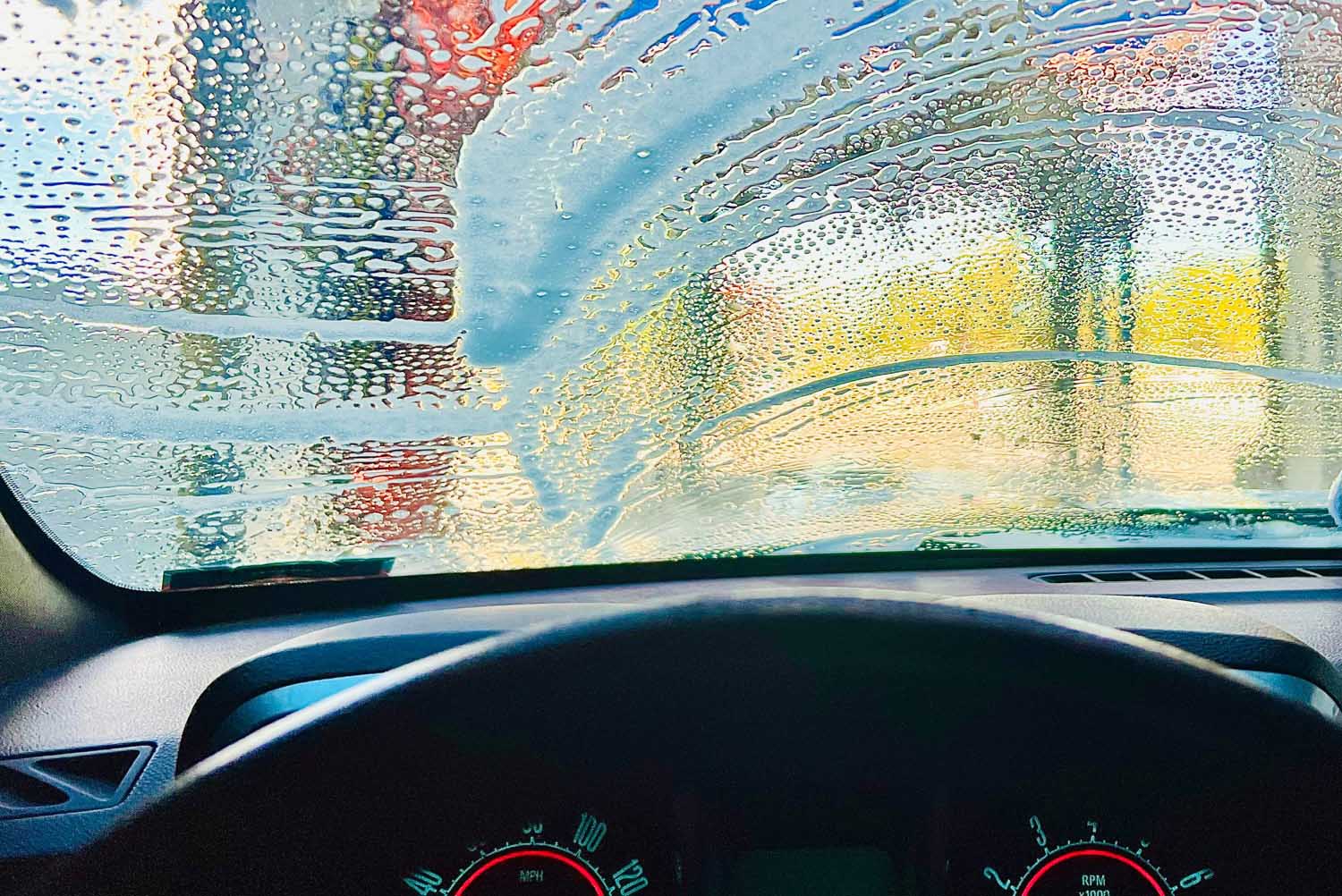 Kara Snow
Kara Snow
A Hand Car Wash May Be Your Best Option
If you're very concerned about damage from an automated car wash but don't feel that a touchless car wash is getting your vehicle clean enough, the best solution might be to potentially pay a little more for a hand car wash.
Although such washes tend to command a higher price and take a bit more time, the attention to detail and the light touch used by the employees can give your vehicle a good combination of cleanliness and paint protection.
Written by humans.
Edited by humans.
 Benjamin Hunting
Benjamin HuntingBenjamin Hunting is a writer and podcast host who contributes to a number of newspapers, automotive magazines, and online publications. More than a decade into his career, he enjoys keeping the shiny side up during track days and always has one too many classic vehicle projects partially disassembled in his garage at any given time. Remember, if it's not leaking, it's probably empty.
Related articles
View more related articles